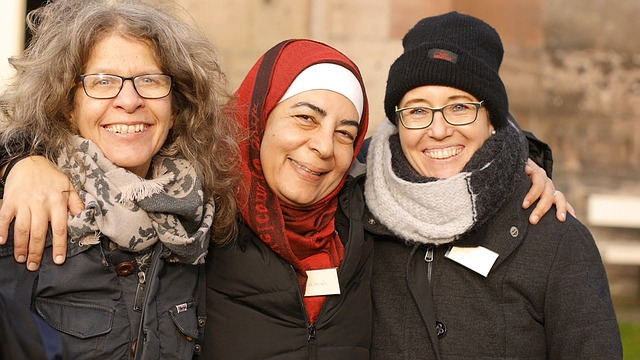
Like many other countries Sweden is diverse, with almost 20% of its population foreign born. In the run up to the September 2018 general elections one of the most hotly debated issues is the labor market integration of immigrants, and refugees in particular. Although the economy is booming, the high intake of asylum seekers in autumn 2015 has led to an increase in immigrants’ unemployment levels and shows again that labor market integration of refugees and their accompanying families takes time.
Evidence from earlier studies, both in Sweden and other developed countries with refugee immigration, has shown that refugees experience slower labor market integration than other migration categories like family reunion migrants and economic migrants. However, over time they “catch up” economically, to the same levels as family reunion migrants. This “catch up” occurs partly because upon arrival refugees are dispersed throughout the host country, where there is available housing. Over time, refugees find their own way and move to places where the chances for employment are higher, mainly larger cities. These results are similar for men and women.
Beyond the adverse effects of dispersal policies on labor market integration, the following three policies should be addressed to obtain faster and more complete labor market integration of refugees:
First, to counterbalance the downgrading of refugees’ skills, credentials, and education certificates, encouraging fast validation as well as upgrading earlier education levels to foster swifter integration is key. Especially, the skills of those arriving with vocational and occupational education should be made easier to validate, so that these workers are able to enter the labor market more quickly.
Second, just like other immigrants, refugees and their families need language training to overcome the initial hurdles they encounter in the labor market, but also to make it easier to find their way in a new society. Well-organized, adequate, and affordable language training is a good investment in the short- and long-term integration of potential new citizens.
Third, policies that aim to counteract various institutional barriers and discrimination should be implemented in order to give everyone, both immigrants and natives, equal opportunities, not only in the labor market, but also in other societal domains. For example, facilitating and having moderate citizenship acquisition regulations enhances political participation, like voting in elections and standing for office.
Better labor market integration of refugees and their families will not only enhance their further integration, it will also increase revenues to fund welfare programs and will function as a counterweight to popular negative views on immigration and integration.
© Pieter Bevelander
Read Pieter Bevelander's full article Integrating refugees into labor markets.
Please note:
We recognize that IZA World of Labor articles may prompt discussion and possibly controversy. Opinion pieces, such as the one above, capture ideas and debates concisely, and anchor them with real-world examples. Opinions stated here do not necessarily reflect those of the IZA.